My group’s (Delilah, Sabrina, and I) educational technology project is there! We decided to record a podcast and do a “call-in” style of the show, where we, as hosts, took calls from concerned parents and teachers regarding questions about online safety and answered for them “live.” We also created a poster with hyperlinks to all the resources discussed in the episode; I hope you enjoy it!
Transcript:
**Intro Music**
Person 1: Hello and back to another episode of (name of the podcast), we are your hosts Sabrina, Delilah and Chantale (I don’t know if we want to use our actual names). Today we wanted to hear from you, our listeners, to answer your pressing questions about how to teach students about online safety and responsible digital behaviour.
Person 2: How this will work, we will be using a phone-in method to receive and answer your questions live! The phone number we will be using today is in our show notes if you scroll down on your phone or any device you are using.
Person 3: Without further due, let’s open the lines!
**Music fade transition**
Sabrina – Cellphone
***Phone rings to radio show***
Sabrina (educator?): Hello? What problem can I help you with today?
Parent (Delilah or Chantale): Hi, I am calling as a concerned parent. I am really worried about my kid’s phone safety. They just got their first smartphone, and I don’t even know where to start. I’ve heard so much about the potential dangers they could face online, and I just want to make sure they are safe. Also, you should know they are in middle school right now. Could you give me some advice on that?
Sabrina: I would love to help you with that! Let’s start with a few important steps. First of all, one of the easiest things you can do is make sure that the geotagging function on their phone is turned off for their videos and photos. This helps prevent their location from being shared on their social media. This way, people online won’t know where they are.
Parent: Wow, I hadn’t even heard of geotagging. How do I go about doing that?
Sabrina: You can usually disable it in the camera or photo app settings. It should be under privacy or location services. Another good step is making sure that your child’s phone is locked with a password or face recognition to make sure that no one is going on there without you or your child knowing.
Parent: Sounds good, what about being able to find their location so I know they are safe?
Sabrina: If they have an iPhone, you can turn on “Find My” or if you have an Android you can use “Google’s Family Link”. These can help you track your child’s location with their device.
Parent: That is good to know. What about emergencies? Is there any way to be better prepared for an emergency?
Sabrina: One easy thing you can do is have their emergency contacts labelled as I.C.E. which stands for in case of emergencies. If you have their emergency contacts labelled correctly it can help someone who might need to access their phone quickly to know who to call. Another subject that we should discuss is permission settings. Whenever you log into an app or onto a website that you haven’t been to before, it will likely ask you to accept permissions or cookies, and I don’t mean the good kind. These are different but it’s important to understand what they mean. Apps will often ask for permission to access your photos or data and send the data to companies who pay for it.
Parent: I had no idea, thank you. I was thinking about creating a list of house rules for cellphone use. Do you have any suggestions?
Sabrina: Absolutely I do. Before I go into those though, it’s also important to remember to turn on safe search for their browser so they won’t be allowed to see inappropriate images and other bad stuff. For ideas on possible house rules, I would start with making sure they get their parent’s permission before giving their personal data away to anyone they might meet online. There are some online communities where adults and children might interact, and your child might not even know they aren’t talking to another child but to an adult. One of these sites is Roblox.
Another rule I would use is not to visit websites that your child knows you wouldn’t approve of. Also, not sharing passwords with anyone but their parents is important. As well as, not meeting friends they might have found online, especially without parents there. This is especially dangerous as they could possibly be kidnapped. Only go with the parent, to make sure that it really is an age-appropriate friend, who is hopefully there with their parent as well. Make sure your child remembers that the person on the other side of the screen is human too and can easily have their feelings hurt by things that your child says. Lastly, things on the internet are usually there to stay so your child must understand that what they write or post on their social media may have consequences that last a lifetime. So, if your child isn’t sure that what they want to post is okay, maybe they should check in with their parents before posting.
Parent: Those are all great points. Thank you for your time. I feel much more confident in how to manage my child getting their first smartphone.
Sabrina: Thanks for calling!
***Hang up call***
***transition music***
Delilah (Educator): Hello! What can I help you with today?
Teacher (Caller): Hi, I’m calling because I want to help my students recognize and respond to online threats like cyberbullying. What are some effective ways to teach this?
Delilah: Great question! Start by defining cyberbullying in simple terms. Use real-life examples, like teasing that becomes hurtful, sharing personal information without consent, or excluding someone online. Even jokes can be harmful if they embarrass or isolate someone.
Teacher: That makes sense. How can I make it engaging for students?
Delilah: Role-playing works well! Create scenarios where students take on roles like the bully, victim, or bystander, and discuss their feelings and responses. For younger kids, use puppets or story-based activities. For older students, real-life cases or media examples spark great discussions.
Teacher: I love that! How do I encourage students to speak up if they are being cyberbullied?
Delilah: Reinforce that reporting cyberbullying isn’t tattling—it’s about protecting themselves and others. Create a safe space where they feel comfortable speaking up.
Teacher: That’s really helpful! I also want to talk about privacy, passwords, and personal info. How should I approach that?
Delilah: Compare online privacy to real-life examples—like keeping a diary locked or not sharing home addresses with strangers. Teach them to create strong passwords using letters, numbers, and symbols, and play a “Password Strength Challenge” to make it fun. Also, remind them to check privacy settings and use two-factor authentication.
Teacher: Those are great strategies! Thank you for your advice.
Delilah: Happy to help! Thanks for calling!
**Transition music**
Chantale: Alright, we have our next caller. You’re on the line with (podcast hosts)! What question do you have for us today?
Teacher: Hi, thanks for taking my call. I’m a teacher in a grade 4/5 class, and I have to teach a unit about online safety, but I don’t know where to start! This is my second year teaching, and I haven’t had to teach an online safety unit yet.
Chantale: No worries at all. That is why we are here to help! We can provide you and all our viewers with great online resources to start and build your collection of resources on this topic. All the resources mentioned in this episode will be compiled into a document and can be found on our website after the end of the episode! Anyways, where to start for resources? Well, the BC Ministry of Education and Child Care offers a guidebook document highlighting various topics for teachers to teach and support students’ health, including a section about internet safety.
Teacher: Wow, really!? I had no idea!
Chantale: Yes, they offer many guidebooks and documents on various topics. Another resource for teachers is Common Sense Education, a free online resource for teaching many internet safety concerns. For example, they have lessons and activities that help students build their tech digital citizenship from kindergarten to grade 12.
Teacher: Free, and lessons are already planned; I’m sold!
Chantale: Exactly! It makes teaching digital literacy and online safety much easier and not nerve-racking. Now, let’s give you some fun resources to engage students in your teaching content! Multiple platforms offer games; one is Net Smartz Kids, a website with many games and videos to teach kids about cyberbullying, online predators, and privacy. I encourage parents and guardians of the students in your class to participate in these interactive online activities to learn alongside their child, as this is also new for parents and guardians.
Teacher: Oooh, yes, very true; I will try them out!
Chantale: Yes, that is a great idea! Before we let you go, we would like to share two other online resources. First is Zoe and Molly Online, a website run by the Canadian Centre of Child Protection Inc., designed to educate elementary-level children about internet safety through fun games, comic books, interactive activities, and quizzes. The second is Interland by Google. It’s a website designed by Google for children 7 to 12 years old to learn about digital citizenship through action-packed games and interactive activities. Google also offers the website Beinternetawesome.with.google.com. It’s a free program that teaches kids about internet safety, and that’s where you can find Interland!
Teacher: Amazing! Thank you so much for all your help! I now know exactly where to start!
Chantale: Perfect! Happy to help!
**Music transition**
End: That wraps up our podcast! Thanks for joining us on Teachers Teach Tech! We will see you next week!
**Music transition, fade out**



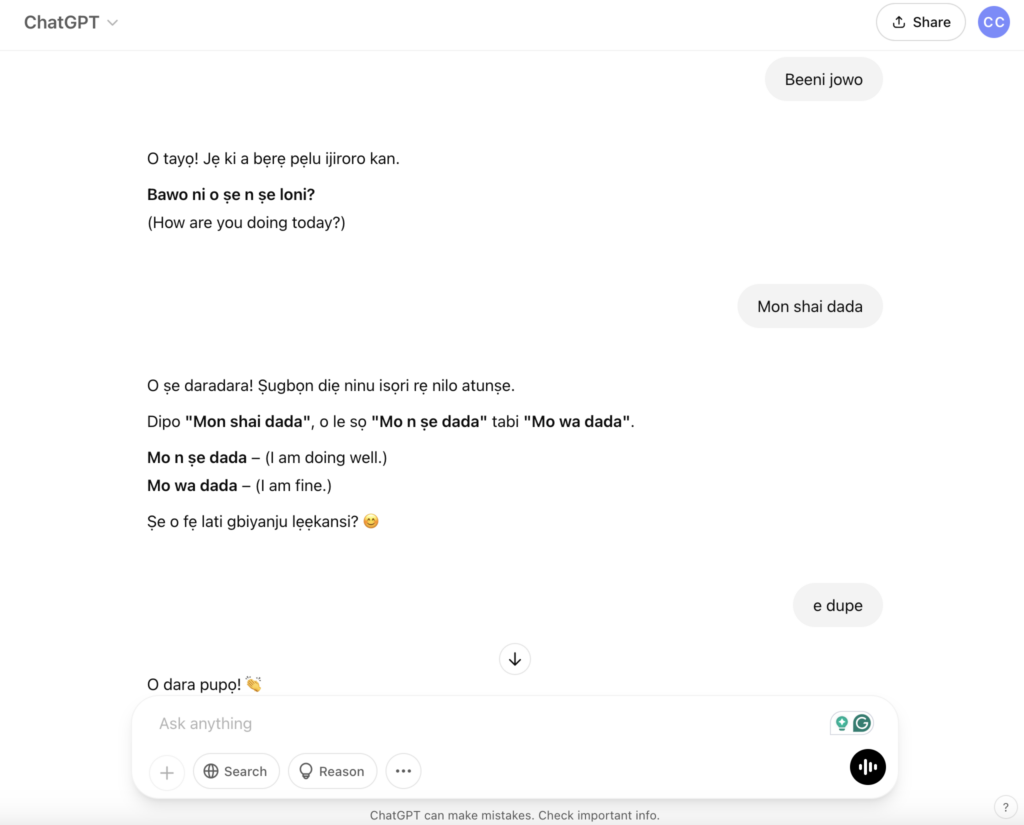
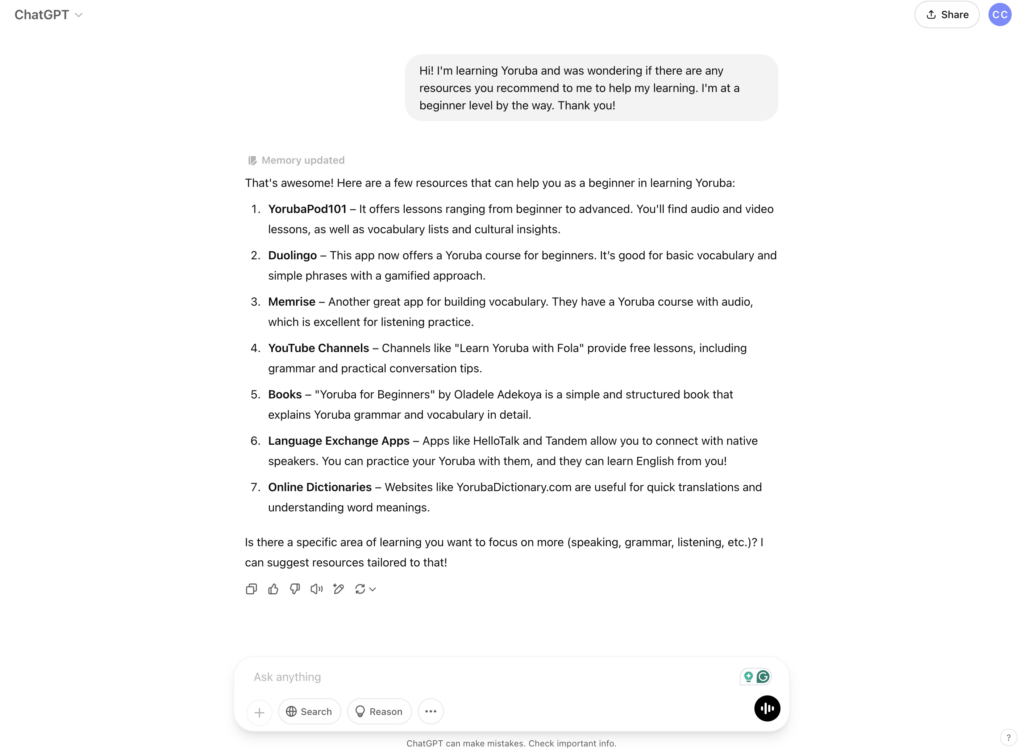
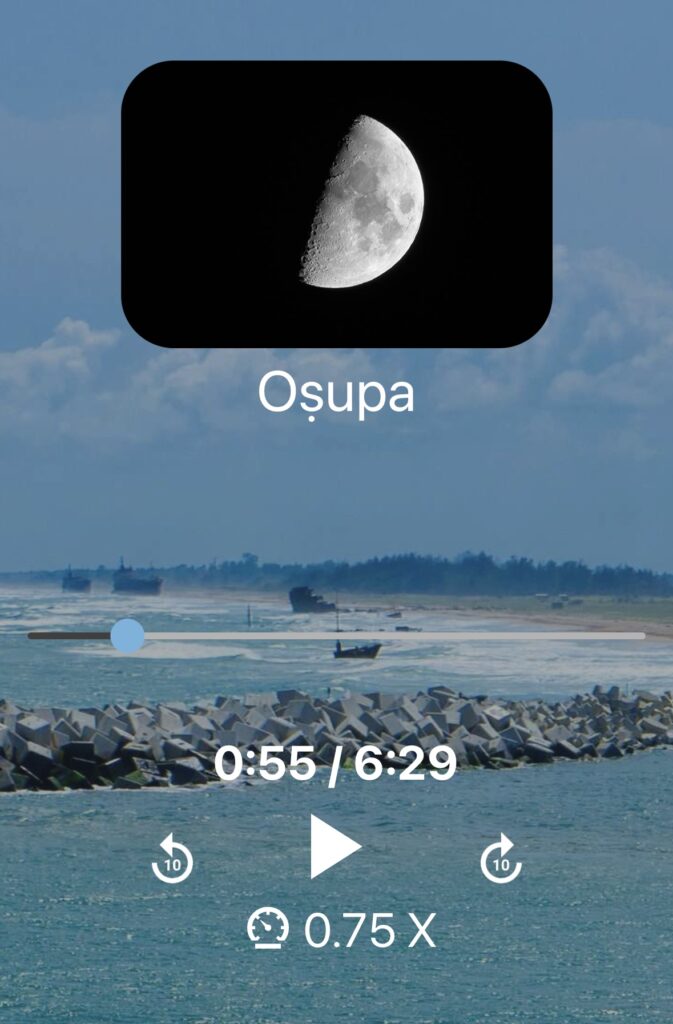

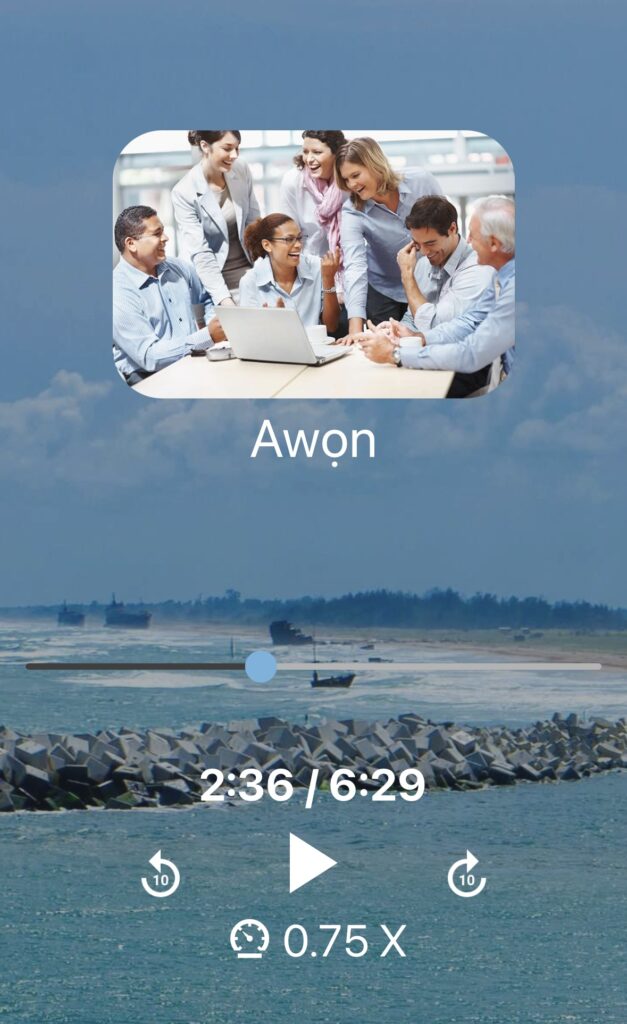
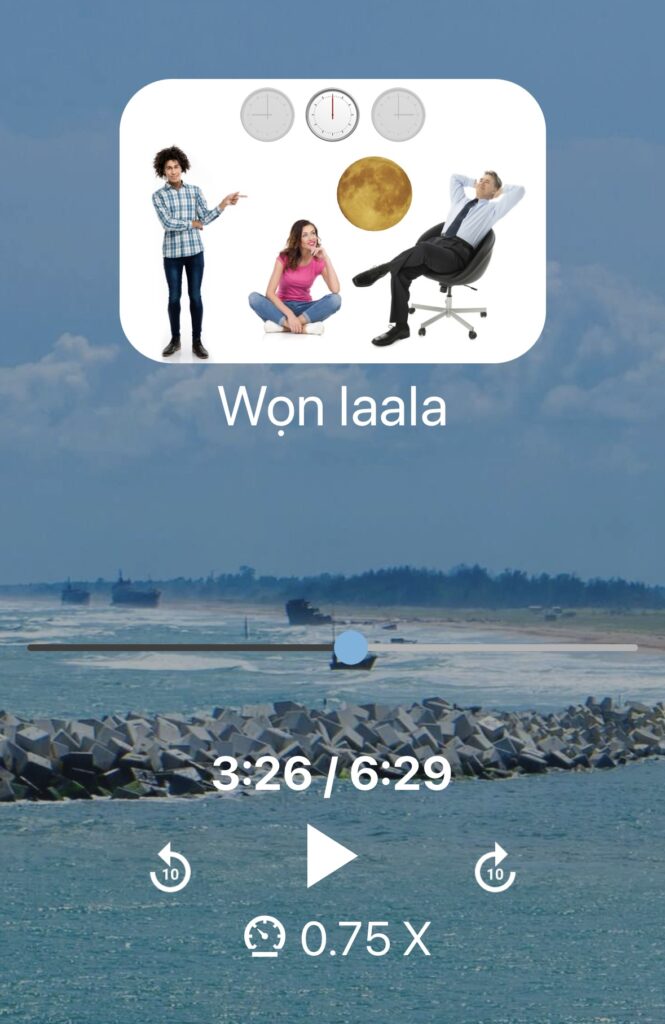
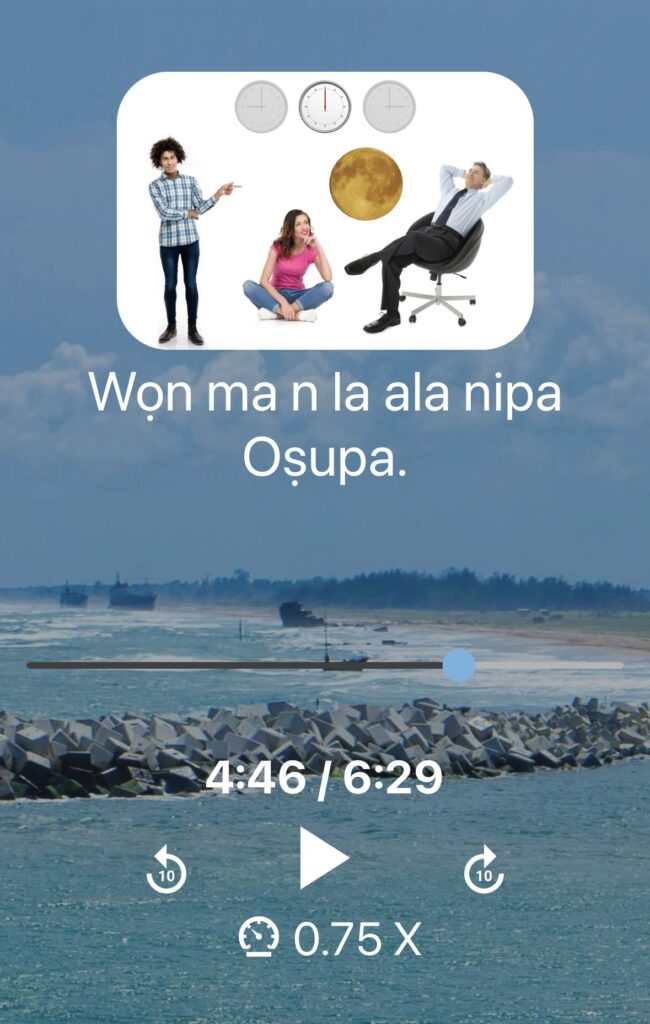
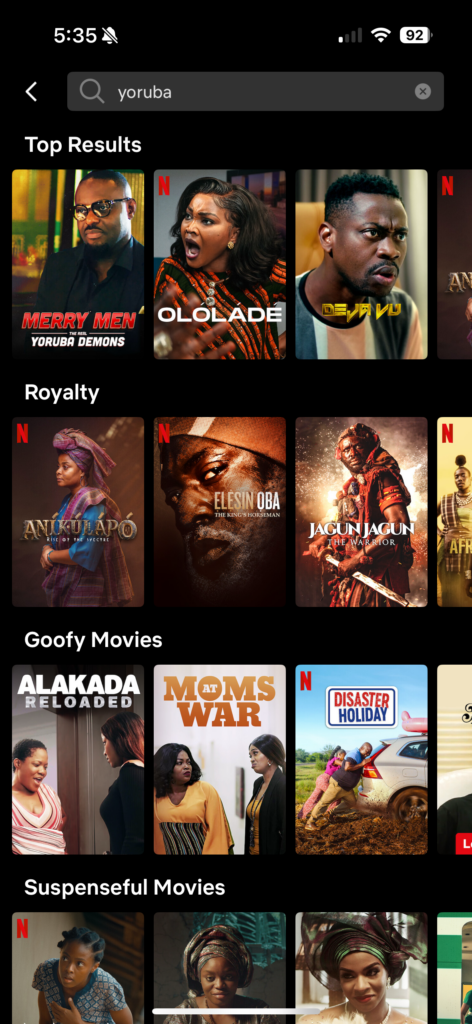



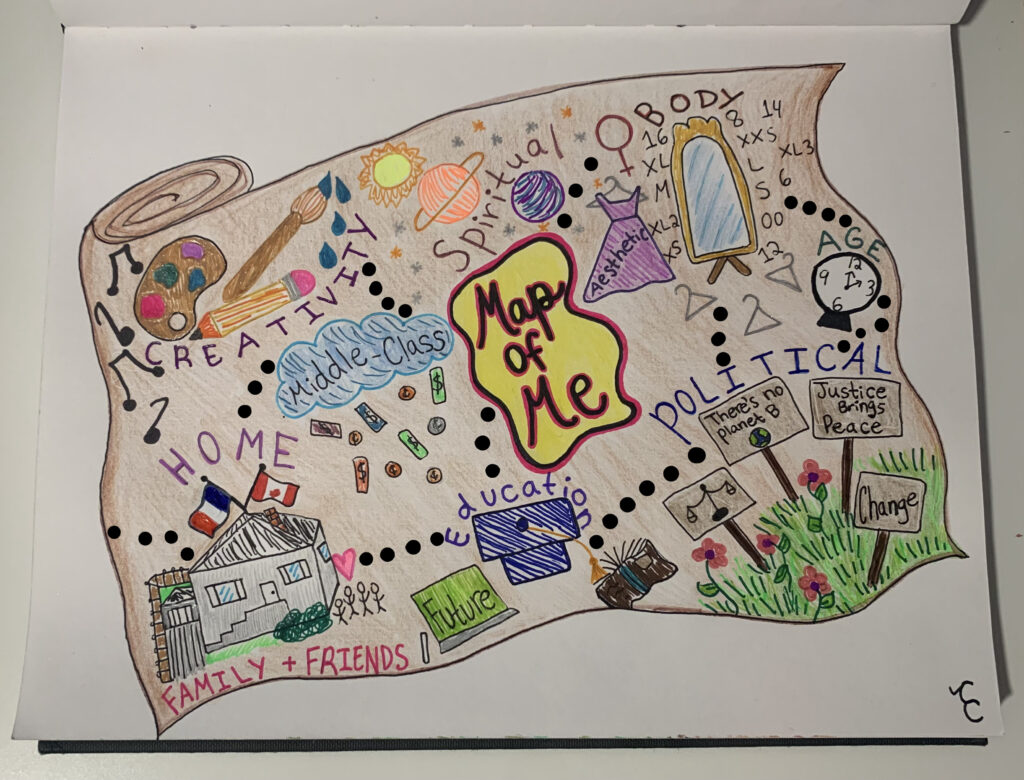




Recent Comments